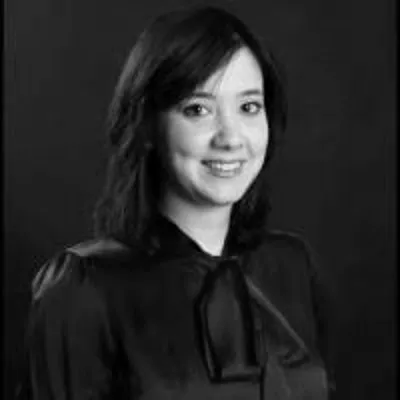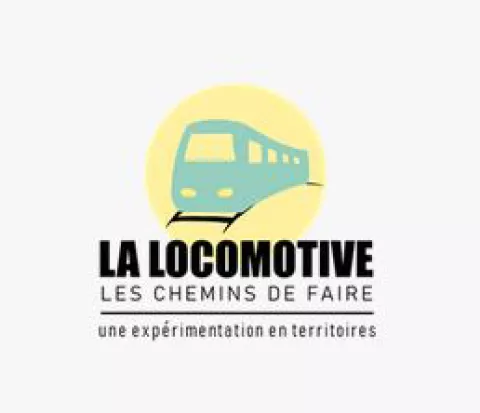Soutenances récentes
Adam Smith, le fondateur de la théorie économique moderne, considère que les premières innovations sont celles de la structure sociale et du système institutionnel, les innovations techniques viennent après et sont subordonnées aux premières. On convient dès lors, que l’innovation n’est pas seulement un mécanisme économique ou un processus technique. Elle est avant tout un phénomène social.
Par ailleurs, pour bien appréhender les phénomènes d’innovation, on ne peut se contenter de l’analyse de l’objet de cette innovation (le produit, le process ou plus en amont les différentes fonctions envisagées de manière autonome). Il est nécessaire d’en examiner le processus.
En effet, l’innovation (tout comme d’ailleurs le service) n’est pas un résultat, mais un processus interactif qui comporte différentes activités (Gallouj,1999). Le plus connu d’entre eux, est celui de Rogers (1962), cependant, les modèles existants sont principalement des modèles de diffusion d’innovation technologique.
Ainsi, La réflexion développée dans ce travail consiste à examiner la problématique du processus de l’innovation sociale et sa possible synergie avec l’innovation technologique.
At a time when the public authorities are modifying their financing methods in the social and solidarity economy (ESS) sector, moving from a subsidy model to a model based on calls for projects, associations do not need to 'other choice than to adapt to meet the new rules (Goujon Belghit, 2019).
Now, they are put into competition and must demonstrate the relevance of the projects they wish to promote. The question then arises of promoting associative activities and including them in a process of social innovation by using effective social marketing.
This research aims to understand how social innovations are diffused in associative structures. To deal with the diffusion phenomenon, we adopt a comparative approach with technological innovation in order to expand our literature review and move forward on solid foundations that have been widely tested.
The empirical research is based on a mixed methodology which brings together qualitative analysis from 27 associations (from two territories: France and Algeria) and quantitative questionnaire with 270 members of these same structures.
The results of the research make it possible to underline firstly that the dissemination of social innovations takes place in a non-linear, non-hierarchical manner and each actor is a dissemination agent, whether he is a project leader, partner or beneficiary. A holistic diffusion model is proposed and crosses six diffusion processes.
Second, we build an adoption model based on logistic regression that identifies the main adoption attributes. The study reveals that relative advantage, financial risk, social influence, geographic proximity and social commitment all influence the adoption behaviour of beneficiaries.
Finally, in a third step, we note the similarities and the differences that exist between the models of diffusion of technological innovation and those of social innovation.









